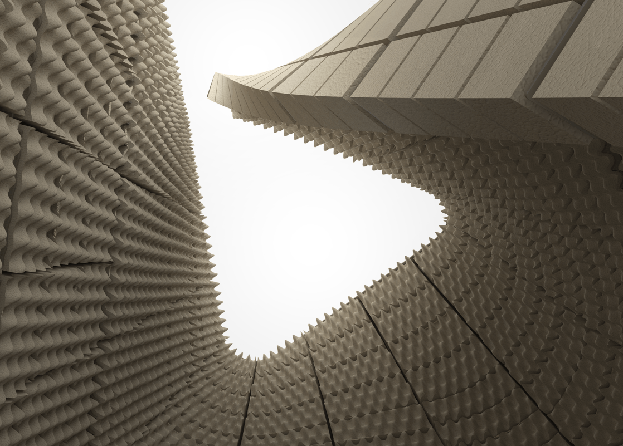Directed by: Prof. Matthias Karch with Nicolai Schlapps
Researcher: Magnus Menze
ROBOTIC DESIGN LAB | Master Research Project | Hello Robot
Technische
Universität
Braunschweig
This project explores the possibilities of using parametric programming and the robot to create shapes, objects and surfaces in clay and ceramic that contradict the industrial standard of a perfectly replicated digital model.

At the beginning of the 19th century, well-known intellectuals, such as the art historian John Ruskin, proclaimed the value of man-made, artisan artifact and imperfection in view of the advancing Industrial Revolution. The experiments were intended to look for material-structure forms that arise through digital “mistakes”.
The adaptive and responsive approach allows for formative research while controlling material and process with slightly different experimental setups. New patterns and shapes bring new insights into material behavior.

A constantly optimized knowledge of the material makes it possible to program increasingly complex models. The open-ended exploration of such structural forms is preferred to technical optimization.
The experiments strive for a “minimum viable product”, ie the minimal solution to show the potential of an idea.

This results in a series of test objects exploring a formal language that seems to contradict the inherent properties of the clay: fineness and structural complexity instead of massive volumetrics or radial vascular geometries. They point to the potential of clay and ceramic for various structural applications, from the use as an acoustic panel or façade element to the construction of complex formwork.

Source, pictures and illustrations: IMD _Institute of Media and Design




